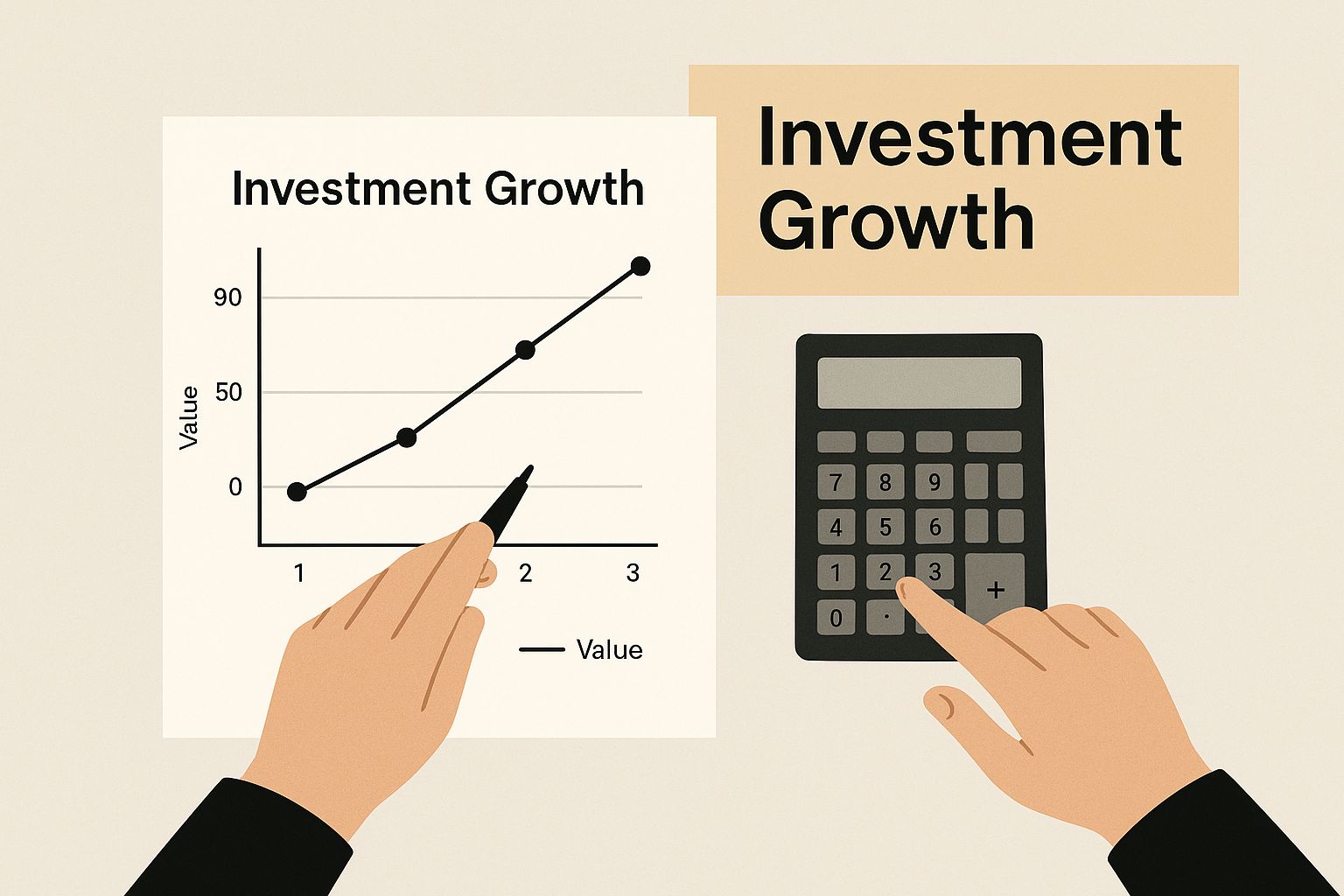What Are Annualized Returns (and Why They Matter to Long-Term Investors)
- Parkview Partners Capital Management
- Nov 10
- 2 min read
This content is for educational purposes only and is not intended as investment advice.
When evaluating the success of an investment strategy, one of the most meaningful metrics is the annualized return. It provides a clearer picture of how an investment has performed over time, smoothing out short-term ups and downs and allowing investors to compare performance across different assets or strategies.

Understanding Annualized Returns
Annualized return—sometimes called compound annual growth rate (CAGR)—measures the average annual rate of return over a specific period. It assumes profits are reinvested each year, making it a more accurate way to reflect the true growth of an investment than simply looking at average yearly gains.
For example, if an investment’s value grows from $100,000 to $121,000 over two years, the total return is 21%. But the annualized return is approximately 10% per year, because it accounts for the compounding effect over those two years.
This calculation helps investors understand not just how much their investments have grown, but how efficiently they’ve done so on a yearly basis.
Why Annualized Returns Matter
Long-term investors often use annualized returns to:
Compare performance between funds or asset classes with different time frames.
Evaluate risk-adjusted returns, ensuring higher performance isn’t simply the result of taking on more volatility.
Set realistic expectations for any potential growth based on consistent historical performance.
Annualized returns also help clarify how an investment strategy performs through different market conditions, offering a balanced perspective rather than a reaction to short-term market swings.

Limitations to Keep In Mind
While annualized returns are useful, they don’t tell the entire story. They assume steady compounding and don’t account for market volatility, cash flows, or timing of deposits and withdrawals.
Two investments could have the same annualized return, yet one may have experienced much greater volatility. For this reason, investors should also consider standard deviation, drawdowns, and other risk metrics alongside annualized returns when reviewing portfolio performance.
Applying It to Your Investment Strategy
Understanding your portfolio’s annualized return can provide valuable context when reviewing long-term performance or comparing various strategies. However, it’s important to remember that historical returns don’t guarantee future results—and focusing on consistency and appropriate diversification can help buffer volatility over time.
Investors who want to better understand how annualized returns apply to their goals may benefit from a professional review of their current allocation and risk profile.
Investment advice offered through Stratos Wealth Partners, Ltd., a registered investment advisor. Stratos Wealth Partners, Ltd and Parkview Partners Capital Management are separate entities. Neither Stratos nor Parkview Partners Capital Management provides legal or tax advice. Please consult legal or tax professionals for specific information regarding your individual situation.
There is no guarantee that tax-loss harvesting saves tax dollars.
Comments